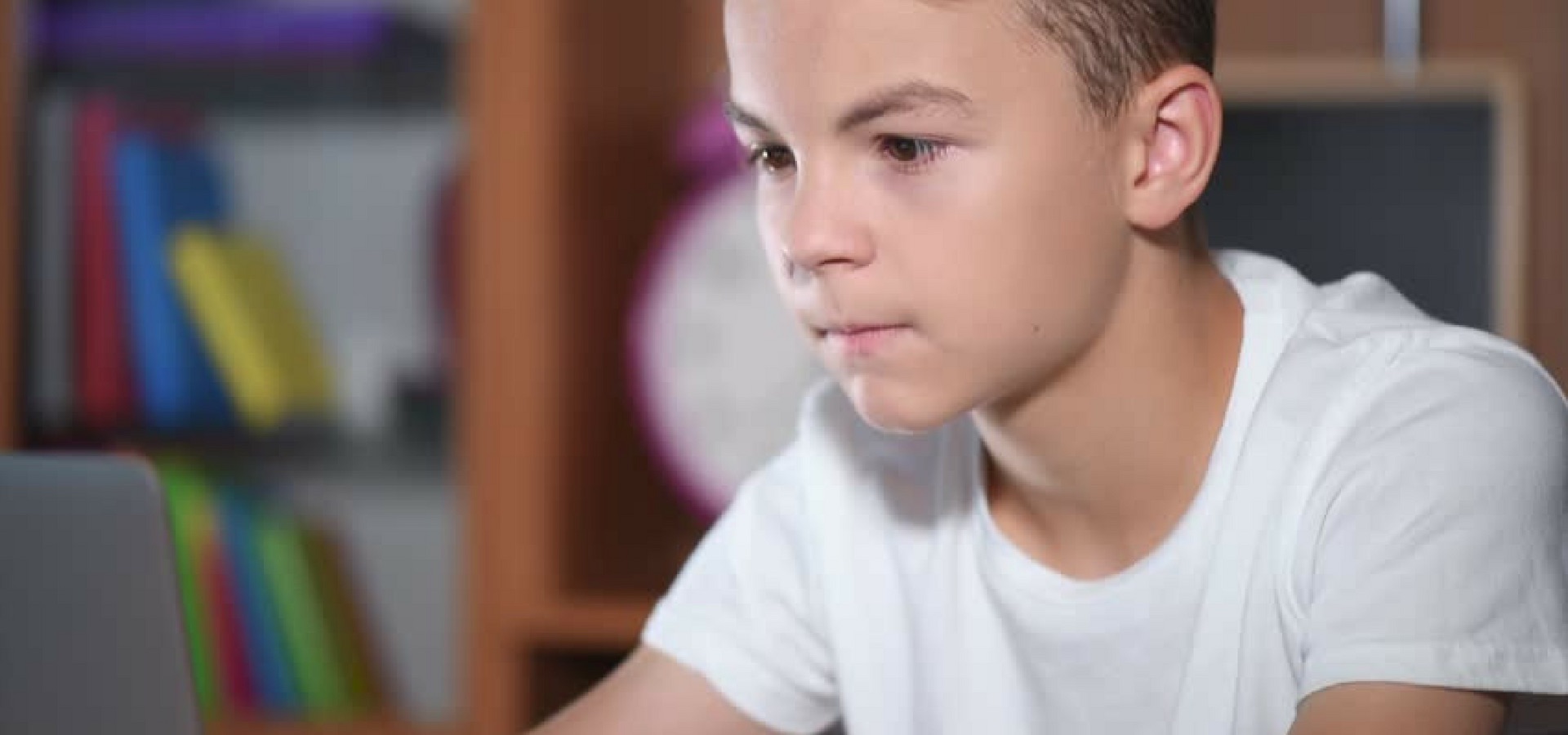by Prof Rita Niemann
Gerlach (2004) explained that collaborative learning is in essence a natural social act, implying talking about and discussing topics, which results in learning. In applying collaborative learning in terms of an educational approach, it means learners working together to solve problems or challenges in order to complete a task.
How can collaborative learning contribute to the learning process?
Collaborative learning can contribute to the learning process if the following elements are catered for:
Some tips for effective collaborative learning
Constituting the group
- Ideal size: 4-5 learners.
- Set up the groups prior to assigning the tasks.
- Place groups in a way to optimise collaboration (e.g. around a table).
Assigning the task
- Plan meticulously (e.g. the purpose, handouts, resources, etc.).
- Use real-world problems to stimulate problem-solving and critical thinking skills.
- Link emerging ideas to the purpose and objectives of the tasks.
- Allow sufficient time.
- Align tasks to the learners’ experiences, access to resources, skills, etc.
- Present task in a visible manner.
Group member interaction
- Allow for questions, if learners are not clear about what is expected from them.
- Insist on proper behaviour.
- Set ground rules for how groups have to operate.
- Account for the diversity in and between groups,
- Assign roles to the members of the group or allow the groups to assign their own roles.
- Determine whether the team members have the required resources or allow for sharing resources.
- A group name or logo builds group cohesion.
- Allow for ample communication between members.
- Allow learners to conduct research/explore options to solve a challenge/conduct an activity.
- Allow for applying their own ideas.
Facilitator’s role
- Have incentives/rewards to excite members to accomplish their goals.
- Include an element of competition.
- Monitor the groups’ progress, but do not interfere with their work.
- Let groups give feedback (orally or in a written form).
- Give constructive feedback on what worked well and where learners were on the right track and make suggestions for improvement.
- Allow learners to reflect on their group experiences.
- Discuss/present the outcome/s to get critique.
- Support learners who fall behind.
- The usage of technology should be considered (e.g. chats).
We offer an integrated education solution that gives you full control over your child’s education. We provide you with the necessary products, services and tools to enable your child to complete Grade R to Grade 12 at home. After successful completion of Grade 12, Impaq candidates qualify to receive a National Senior Certificate (NSC).
Latest posts by Impaq (see all)
Post Views: 31,875





